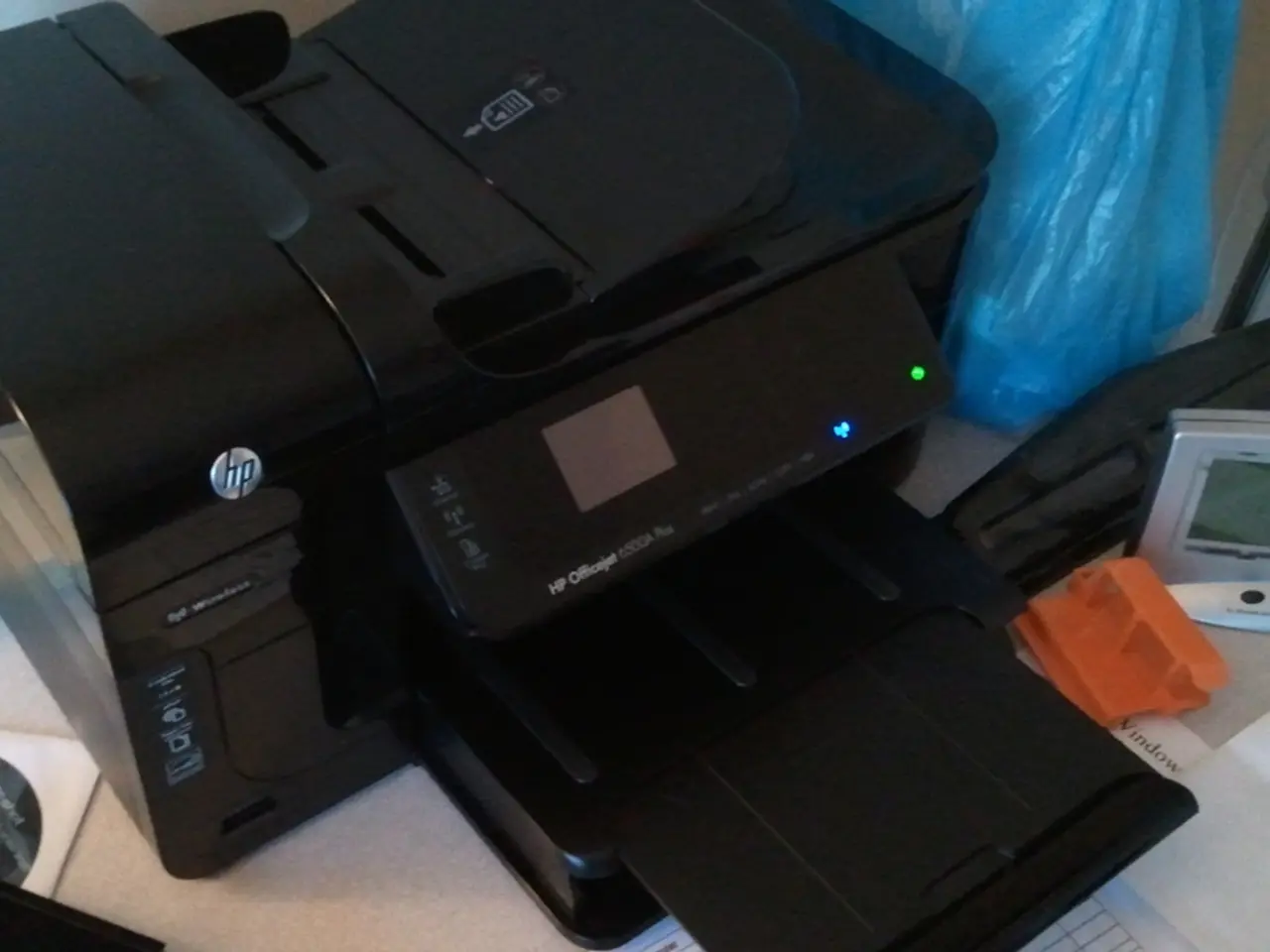Too much information at work? Improve focus with these 5 strategies:
Working from home or in the office, information overload can be a significant source of stress and burnout. To help combat this issue, the Federal Institute for Occupational Safety and Health (BAuA) offers several tips for managing information overload effectively.
Prioritize and Filter Information
One of the key strategies is to focus on essential information by filtering out less relevant data. This can help reduce overwhelm and make it easier to process and act on important information.
Implement Structured Information Management
Using organized systems for managing emails, documents, and digital communications can also help reduce cognitive load. By keeping your digital workspace tidy and well-structured, you can find what you need more quickly and efficiently.
Encourage Participative Problem-Solving
Engaging employees in identifying causes of overload and collaboratively developing solutions can be an effective way to reduce burnout and stress symptoms. By involving everyone in the process, you can create a more inclusive and productive work environment.
Promote Digital Literacy and Training
Equipping employees with skills to effectively manage and navigate digital information is crucial in today's digital age. By offering training and resources, you can help your team process information more efficiently and reduce the risk of information overload.
Create Supportive Work Environment
Enhancing social support and reward mechanisms at work can buffer the effects of information overload. By fostering a positive and supportive work culture, you can help your team feel more motivated and less overwhelmed.
Use Clear Communication Protocols
Establishing clear guidelines on communication timing and content can prevent unnecessary interruptions and information flooding. By setting expectations for when and how to communicate, you can help your team stay focused and productive.
Allow Adequate Breaks and Recovery Time
Scheduling focused work periods interspersed with breaks can help employees process information efficiently and reduce fatigue. By taking regular breaks, you can help your team stay energized and focused throughout the day.
Limit Availability and Feedback
Where possible, professionals should limit their availability by agreement with clients. This can help reduce the amount of information they receive and process, and allow for more focused and effective work. Feedback is important in reducing unnecessary or excessive information, so professionals should also critically question their own handling of digitally transmitted information and weigh whether it is necessary before transmitting it.
By following these tips, professionals can help reduce the negative impact of information overload on their mental health and productivity. For more specific BAuA guidelines or tips on managing information overload at work, consultation of official BAuA publications or their website is recommended. The meta-analysis in the European Journal of Work and Organizational Psychology highlights the negative impact of information overload on behavior and health, emphasizing the need for evaluation and improvement in how information is exchanged and managed at work.
Science and technology play a crucial role in conference rooms designed for promoting workspace wellness, offering digital tools that aid in structured information management, improving communication protocols, and encouraging feedback mechanisms to limit information overload, thereby enhancing health and wellness in the workplace.
These digital tools can be effectively integrated into the daily routines of professionals, as they facilitate prioritization and filtering of important information, promote digital literacy and training for efficient information navigation, and create supportive work environments that foster social support and reward mechanisms, ultimately boosting employee motivation and productivity.




